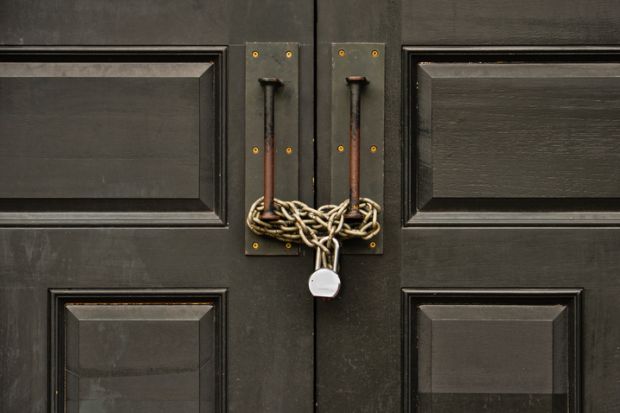Children from the wealthiest backgrounds in developing countries are typically at least 30 percentage points more likely to go on to higher education than their peers from the poorest backgrounds, according to new research that shows how access to university is “protected by wealth”.
A study that used data from about 3,500 young people in Ethiopia, India, Peru and Vietnam compared entry rates into higher education among the poorest 25 per cent and wealthiest 25 per cent of participants. The percentage point gap between those quartiles was 45 in India and Peru, 41 in Vietnam and 17 in Ethiopia.
Among children who showed similar levels of ability aged eight, the wealthiest were often more than 30 percentage points more likely to enter all forms of tertiary education than the poorest; the percentage point gap between the two groups was 39 in Peru, 32 in India and Vietnam, and 15 in Ethiopia.
The inequality gap was present even when the researchers focused only on students who completed secondary school with comparable levels of learning, with those from wealthier backgrounds still more likely to progress to higher education.
The research by academics at the University of Cambridge’s Research in Equitable Access and Learning (Real) Centre, suggests that children from poor backgrounds often fail to progress to university because they drop out or underachieve throughout primary and secondary school.
The findings, which were reported in the British Education Research Journal, used data from Young Lives, an international childhood poverty study, focusing on those born in 1994-95. The dataset includes information about education and attainment at ages eight, 12, 15, 19 and 22, therefore including the many young people in lower-income countries who enter higher education after age 19.
The authors argue that the higher education wealth gap even among those who finish secondary school highlights a need for initiatives that will reduce the cost of university for disadvantaged students; means-tested grants are suggested as one potentially viable solution, although they add that further evidence is required. They also warn that taxation-based funding for higher education will just “subsidise a socioeconomic elite” while tuition fees will further prohibit access for the poorest.
Sonia Ilie, a lecturer at the Real Centre and lead author of the study, said the research shows that “inequalities in higher education access have nothing to do with ability: this is about systems that are consistently failing poorer children”.
“Even among children who do well to begin with, poverty clearly becomes an obstacle to progression. The reverse also applies: if they are wealthy, even children with initially lower levels of learning catch up with their poorest peers. This is what we mean by the protective effect of wealth,” she said.




